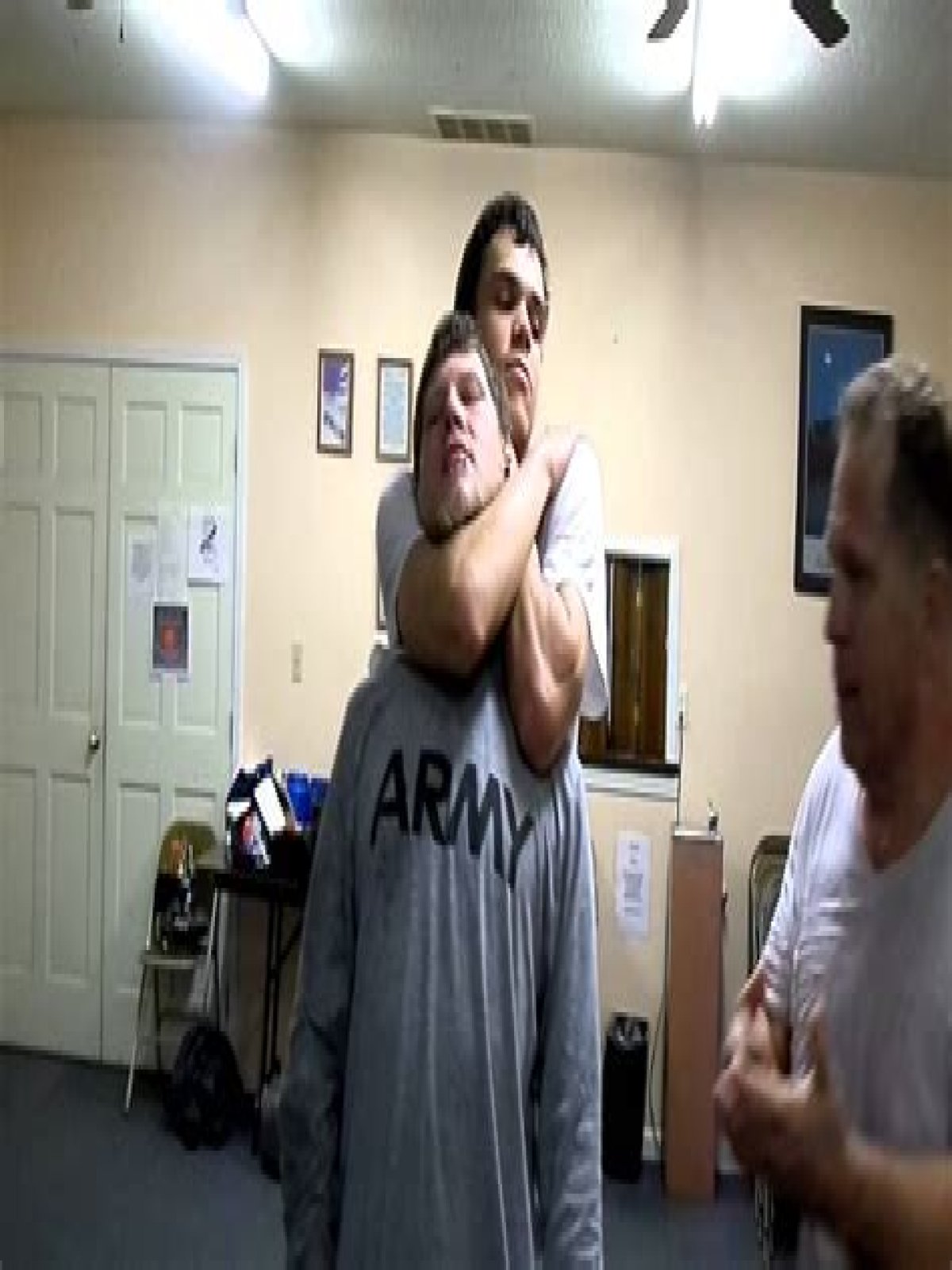Can a choke hold damage your throat?
Being hit or held tightly around the front of the neck can be very dangerous. Initially you may notice some redness or bruising, feel short of breath or absolutely fine. Choking and strangling are ways of injuring the neck and throat.
What is most commonly injured during strangulation?
In the absence of death, brain injuries are often one of the most devastating and long-lasting consequences of strangulation. Victims of intimate partner violence may also experience traumatic brain injuries (TBIs) from blows to head and other assaults.
What injuries can strangulation cause?
Strangulation can result in injuries to the soft tissues of the neck, esophagus, larynx, trachea, cervical spine, and the laryngeal and facial nerves.
How do you heal a throat after strangulation?
Put ice or a cold pack on the area for 10 to 20 minutes at a time. Put a thin cloth between the ice and your skin. Ask your doctor if you can take an over-the-counter pain medicine, such as acetaminophen (Tylenol), ibuprofen (Advil, Motrin), or naproxen (Aleve).
How long does it take to recover from a choke hold?
Unconsciousness occurs approximately 10 seconds (8-14 seconds) after choking. After release from the choke hold, the subject regains consciousness naturally (spontaneously) without difficulty in 10-20 seconds.
Can being choked cause vocal damage?
Be aware that strangulation may cause the following symptoms and/or consequences: difficulty breathing, raspy, hoarse or loss of voice, coughing, difficulty swallowing, drooling, nausea, vomiting, changes in behavior, hallucinations, headaches, light heaedness, dizziness, urination or defecation, miscarriage, swollen …
What’s the difference between strangulation and choking?
Not to be confused with “choking”, strangulation refers to when pressure is applied from the outside, cutting off airflow and/or blood vessels in the neck, preventing oxygen from reaching the brain. Choking, meanwhile, refers to a blockage inside the throat which makes it hard to breathe.
What to do if someone is strangling you?
The most important thing to do when an attacker begins choking you is to clear the airway. Nothing else is as high priority. This means you must alleviate pressure on the carotid artery in a blood choke or gain space around the trachea in an air choke.
How long does it take for a bruised trachea to heal?
Bruises heal slowly. It make take weeks for the bruising to go away. If you notice any swelling or breathing or voice changes after the injury, seek immediate medical care.
What are the after effects of choking?
After any major choking episode, a child needs to go to the ER. Get emergency medical care for a child if: The child has a lasting cough, drooling, gagging, wheezing, trouble swallowing, or trouble breathing. The child turned blue, became limp, or was unconscious during the episode, even if he or she seemed to recover.
What is strangulation and choking?
Strangulation is a form of asphyxia, characterized by closure of the blood vessels and air passages of the neck as a result of external pressure. There is a distinction between strangulation and choking, which is an internal obstruction of the airway.
What to do if someone tries to choke or strangle you?
Law enforcement officers are trained on how to save themselves should an assailant try to choke or strangle them. These tips can be applied to survivors of domestic violence as well. If you’re being strangled: Try to stay calm. Protect your airway.
What are the health risks of prior strangulation?
Prior strangulation increases the odds of strangulation homicide by more than seven times. 1 For perpetrators, strangulation is the ultimate form of power and control. However, because there are often no visible injuries, patients, physicians, and law enforcement often minimize the possible health consequences of reported strangulation.
What happens during a strangulation assault?
During a strangulation assault, the pressure applied to the neck impedes oxygen by preventing blood flow to and from the brain. The trachea can also be restricted, making breathing difficult or impossible. The combination can quickly cause asphyxia and unconsciousness.
